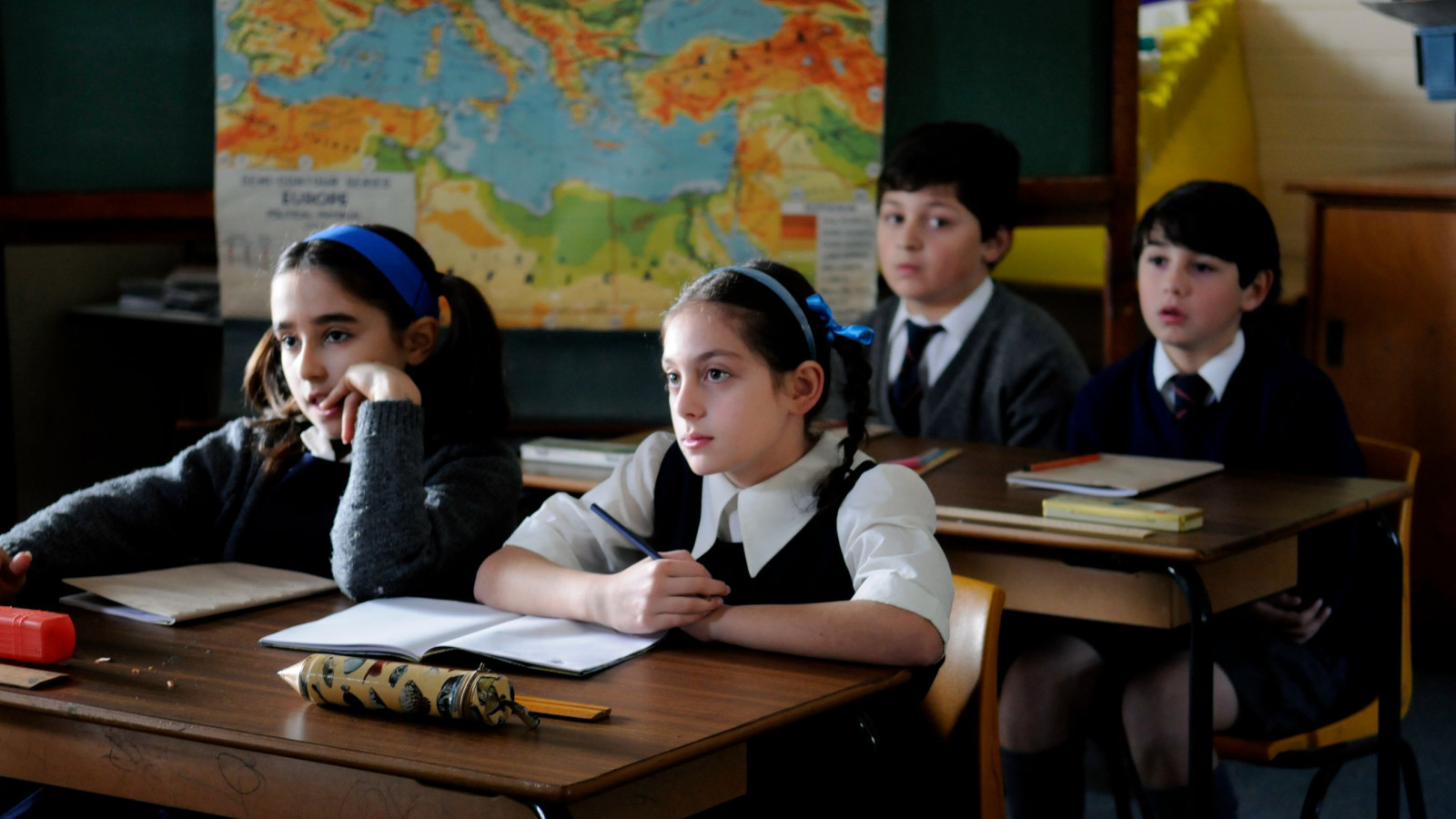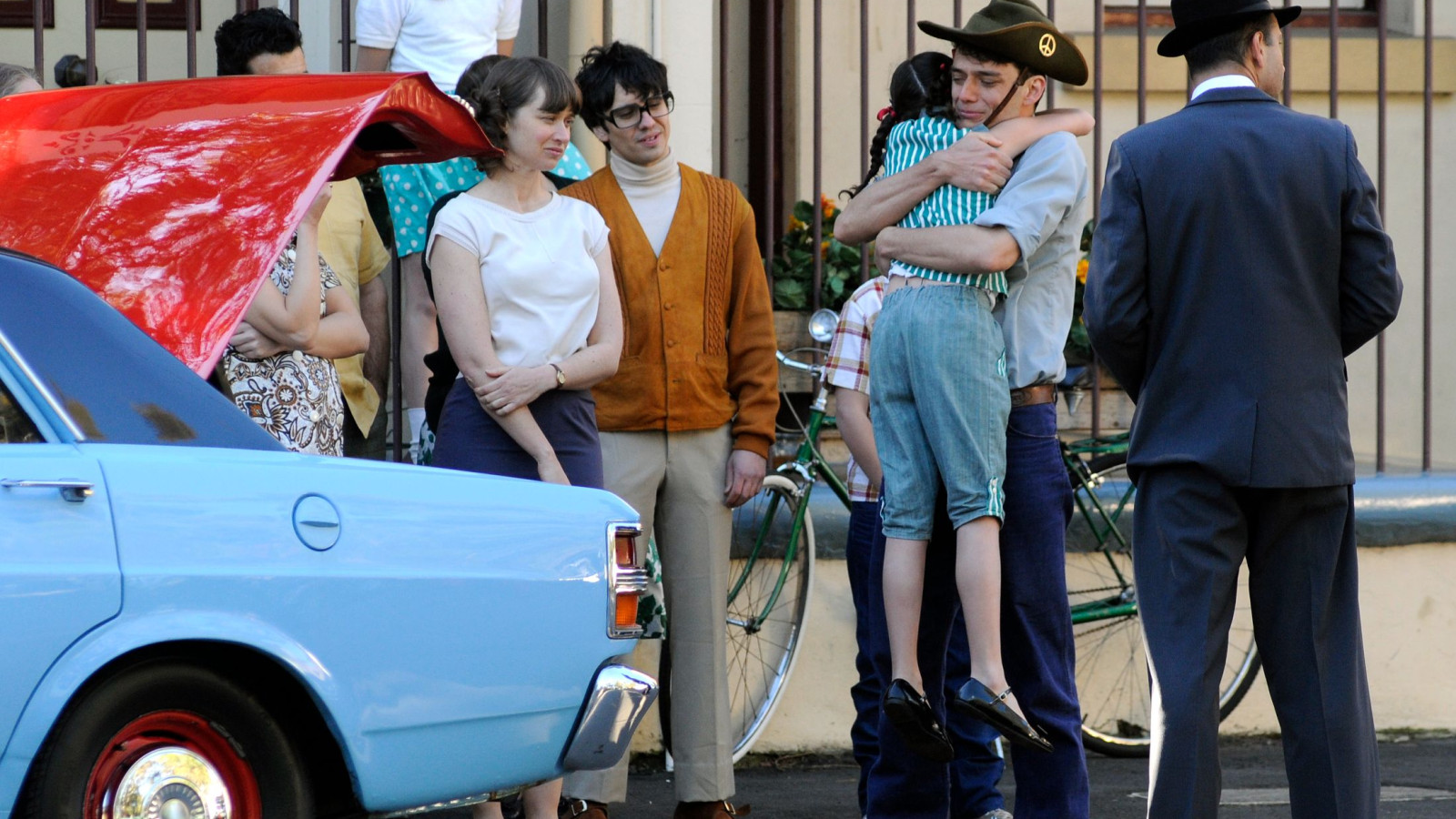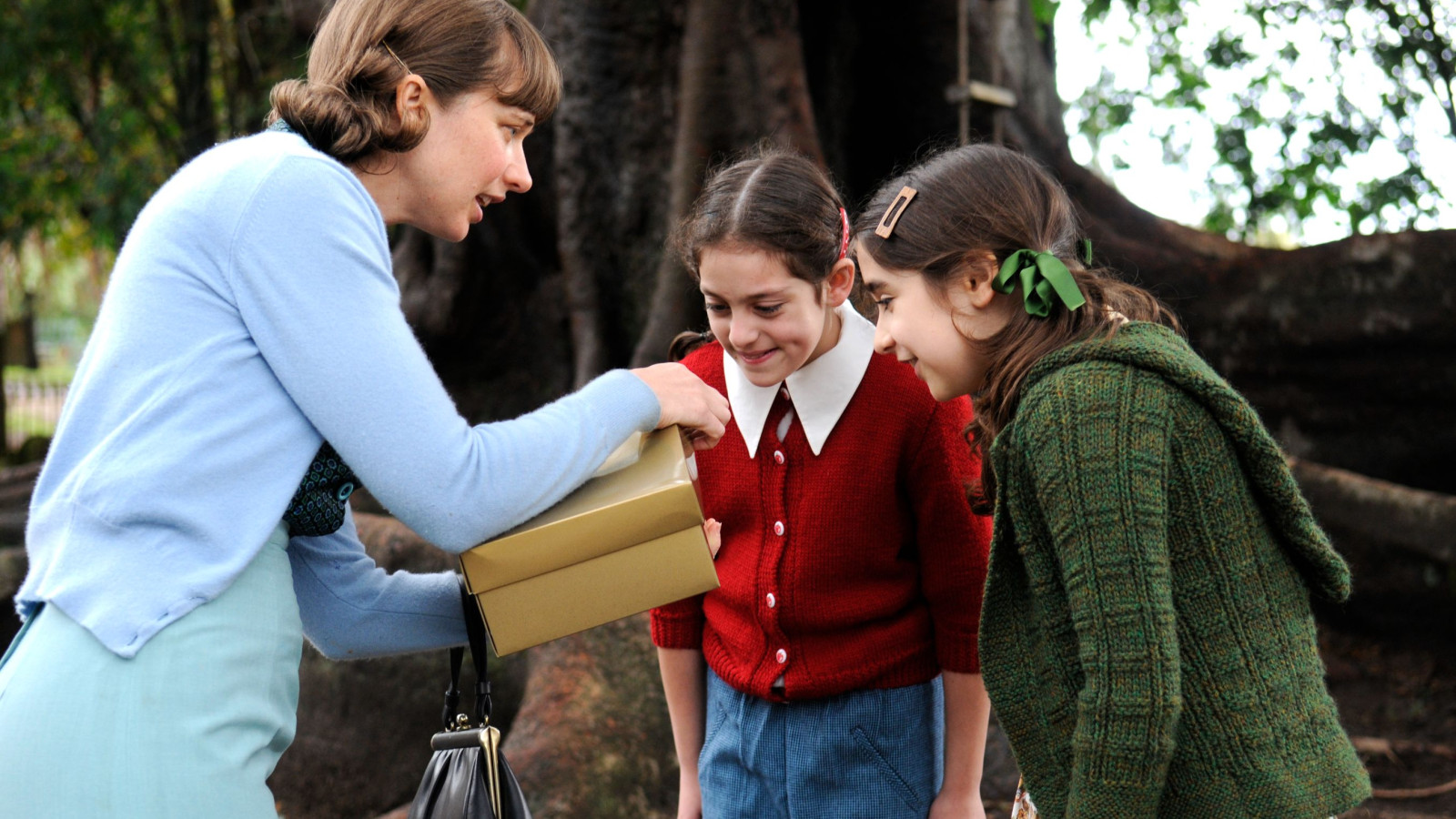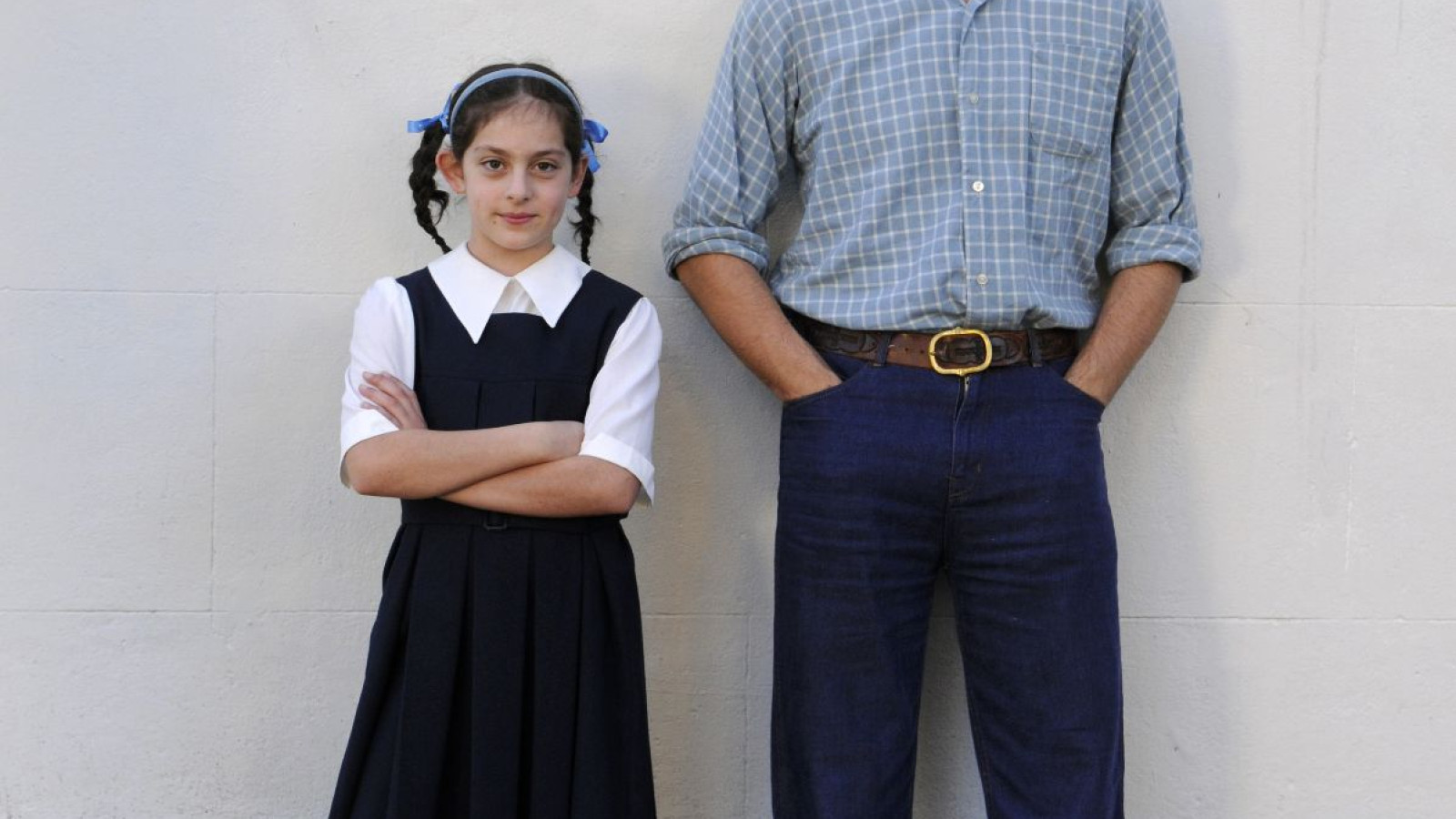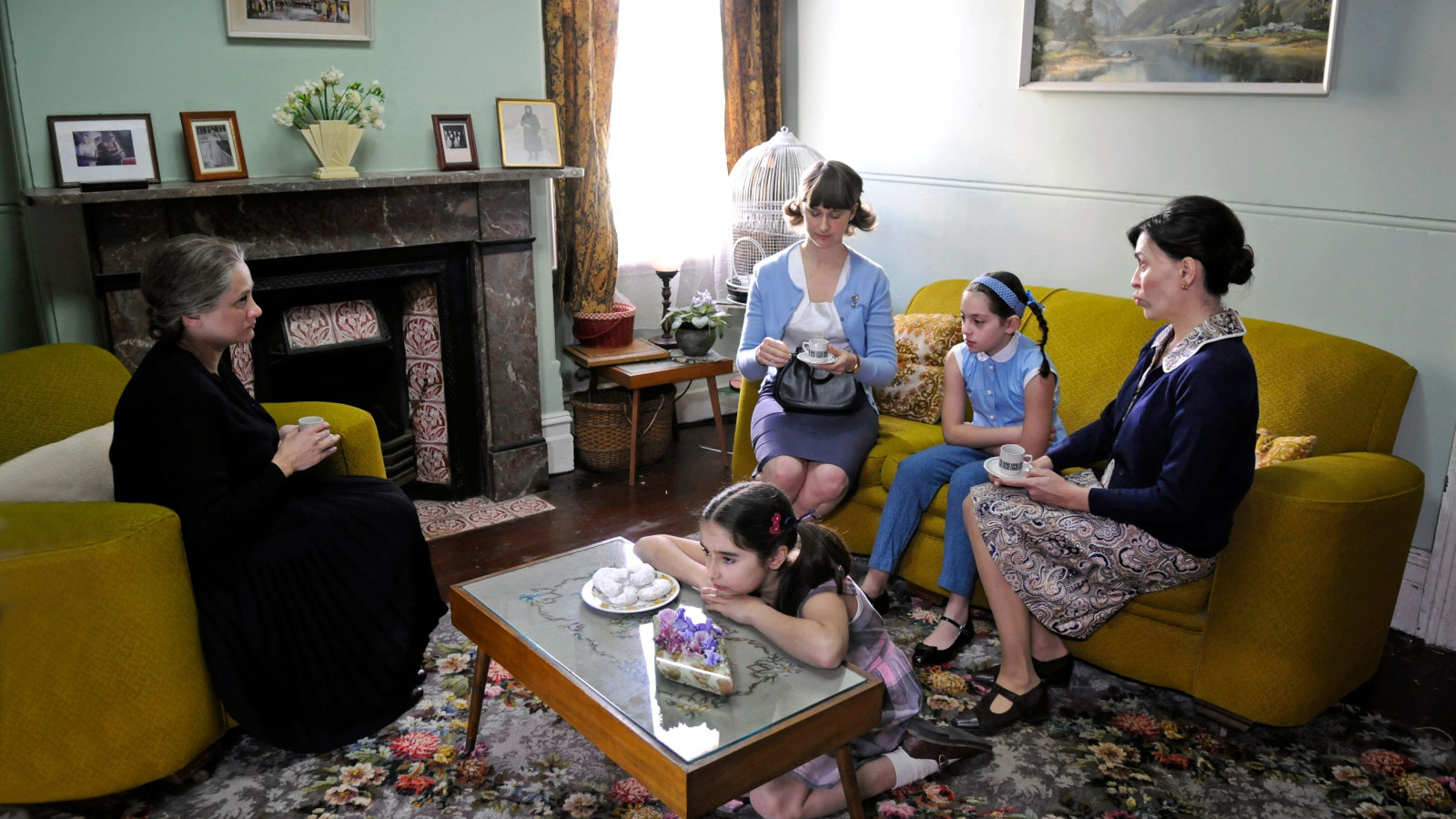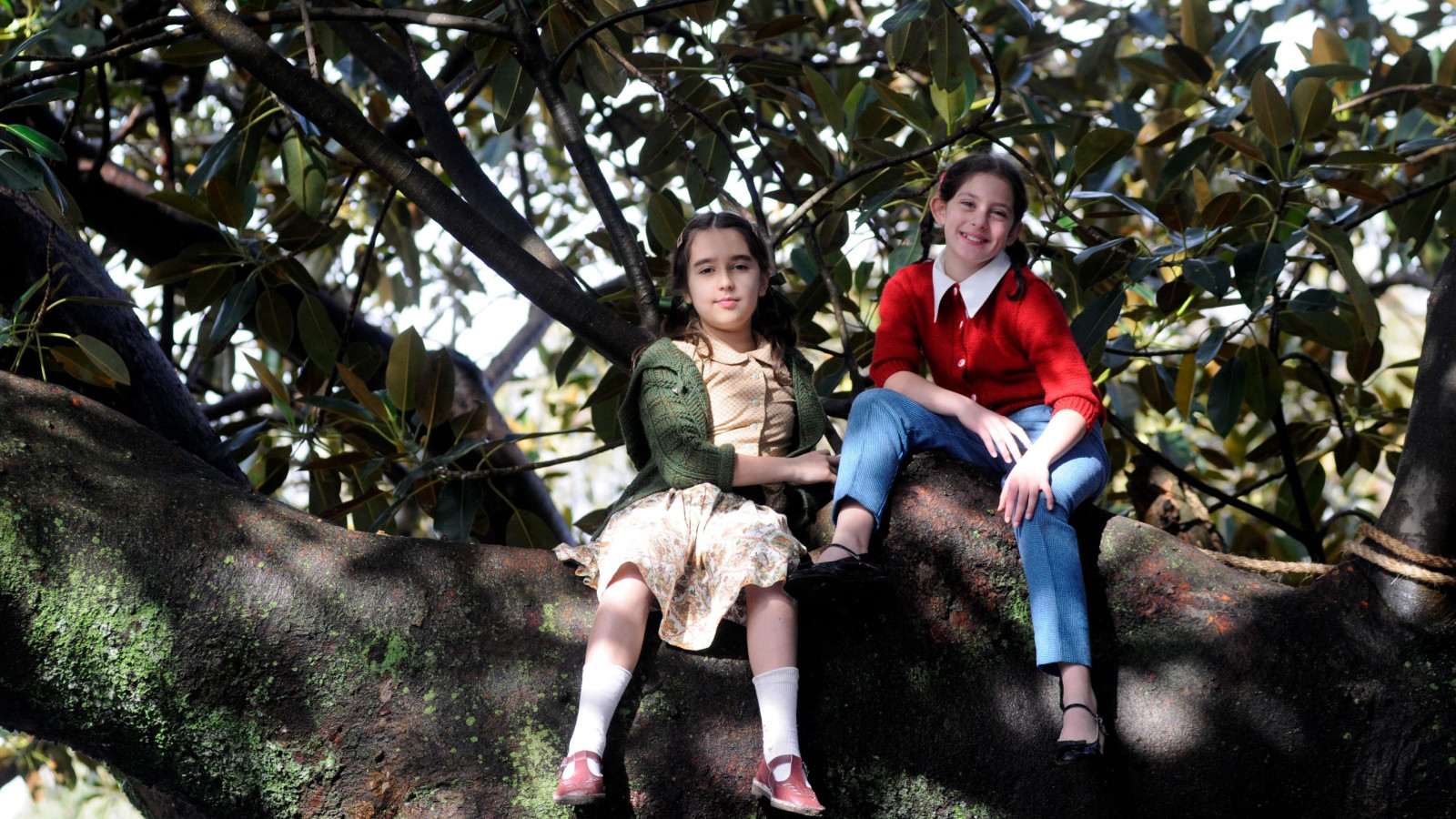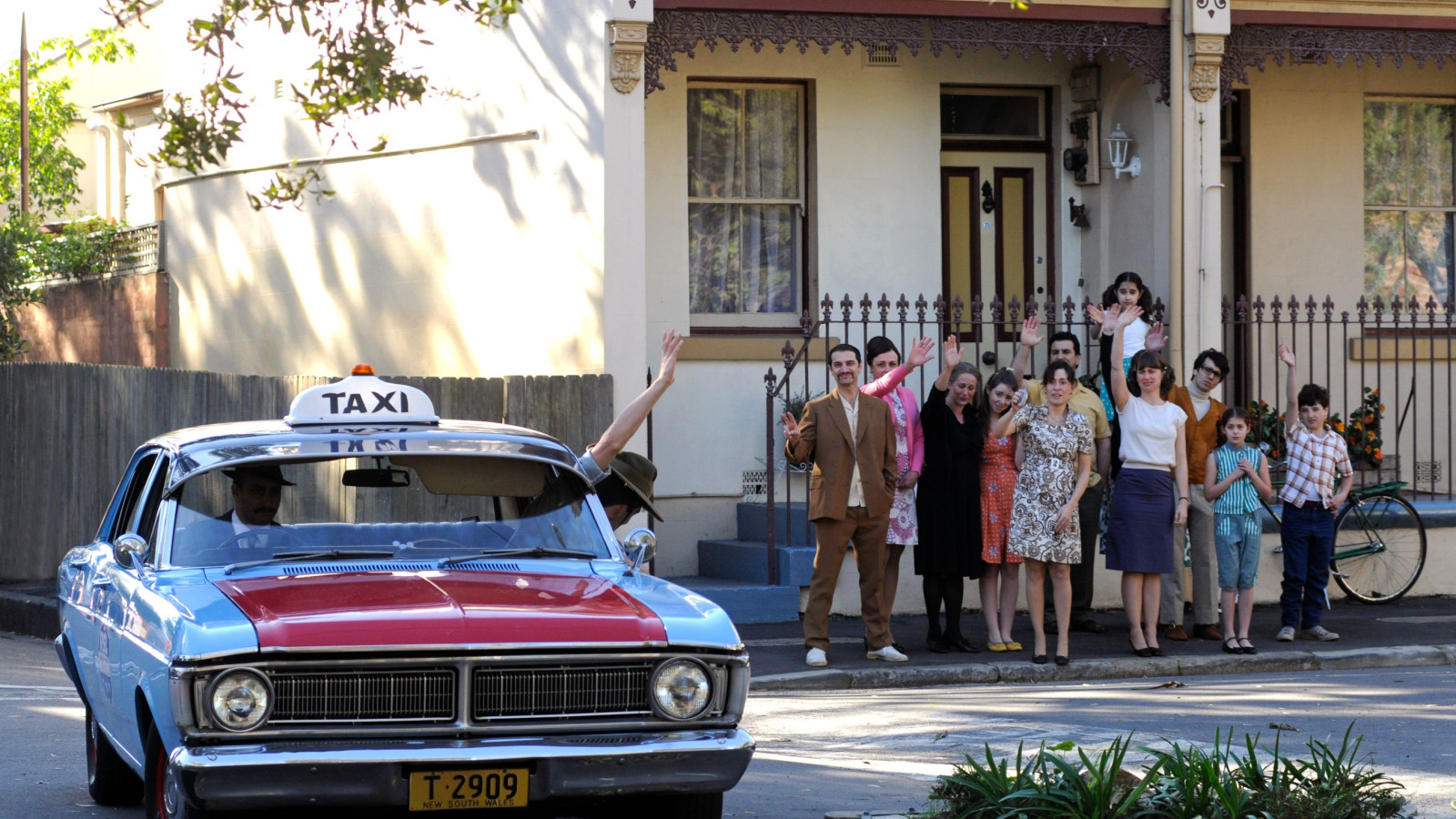
1968 Sophia

Sofia is a spirited Australian girl of Greek heritage, who sees herself as a spy for the yayas (grandmothers). She’s determined to sabotage her brother Michaelis’s relationship with his non-Greek girlfriend before he leaves for Vietnam. Through mistranslation, mischief, and moments of reconciliation, Sofia’s story explores cultural identity, loyalty, and the emotional impact of conscription.
1960s Decade Overview
The 1960s were a time of questioning old norms and pushing for social change. Post-war migration and televised images of the Vietnam War reshaped civic identity, activism, and public opinion
- 1962: First Nations peoples gained the right to vote in national elections
- 1965: Charles Perkins led the Freedom Rides to expose segregation in regional Australia
- 1966: Migration policy shifted to assess applicants by skills rather than race. President Lyndon B. Johnson’s visit sparked both support and protest amid rising Vietnam War tensions
- 1967: Australians voted to include First Nations peoples in the census and transfer Indigenous policy to federal government
First Nations Focus: Students can explore how voting rights, protest, and cultural leadership shaped identity and recognition during the 1960s.
Inquiry Sprint
Provocation Questions
How do misunderstandings shape relationships, and what does it take to truly understand someone?
Tuning In
Watch Clip 1: Speaking the Language
Clip description: Sofia and her friend Mareka are watching Professor Julius Sumner Miller's television science show, Why is it so? Janice arrives and meets Sofia's mother and grandmother. She needs Sofia to translate the conversation and Sofia deliberately tells each party the wrong translation.
Sofia mischievously mistranslates between her grandmother and her brother’s girlfriend, Janice. This moment introduces themes of cultural pride, miscommunication, and emotional loyalty. Class discussion prompts:
- Why does Sofia mistranslate the conversation?
- What does this tell us about her feelings toward Janice?
- How does language shape power and belonging in families?
Students might create a “Translation Tangle” visual map showing how words, tone, and intention can be misunderstood across cultures.
Finding Out
Watch Clip 2: Conscription
Clip description: Michaelis tells Sofia why he is going to the Vietnam War even though he doesn't want to go. They discuss what it may be like, and his fears are evident.
This clip introduces the emotional weight of conscription and the tension between civic duty and personal safety. Students can:
- Write a journal entry from Sofia’s perspective: “Why I don’t want Michaelis to go”
- Investigate the 1960s conscription ballot and its impact on families
- Explore how war affects relationships and cultural expectations
Sorting Out
Rewatch all three clips to identify moments of conflict, misunderstanding, and emotional growth. Use a Choices and Consequences chart to map Sofia’s actions and their ripple effects.
Students might:
- Compare Sofia’s loyalty to her family with her resistance to change
- Reflect on how cultural traditions and migration shape identity
- Sort ideas into themes such as Loyalty, Misunderstanding, and Reconciliation
Going Further
Watch Clip 3: The Goodbye
Clip description: The family gathers to say goodbye to Michaelis as he leaves for national training. It is a time of reconciliation for Sofia and Janice.
In this clip, Sofia and Janice reconcile, showing emotional growth and cultural acceptance.
Students can:
- Role-play a conversation between Sofia and Janice after the goodbye
- Interview a family member about a time they misunderstood someone and what helped repair the relationship
- Create a storyboard titled “What I Learned About Understanding”
Making Connections
Reflect on Sofia’s emotional journey and the cultural dynamics in her family. Invite students to connect these insights to their own experiences of misunderstanding, loyalty, and belonging. Prompts may include:
- Have I ever misjudged someone based on culture or language?
- What helps me feel understood in my family or community?
- How do stories help us repair relationships?
Students can create a Connection Map linking moments from the episode to their own stories of empathy and growth.
Taking Action
Apply learning by co-designing a class event that celebrates cultural understanding and respectful communication. Students might create a “Family Voices Charter” or host a storytelling circle that honours intergenerational wisdom and migration stories. Event ideas:
- Begin with an Acknowledgement of Country
- Share student projects through posters, journals, or digital stories
- Invite family and community members to speak about migration, language, and reconciliation
Australian Curriculum Links
Explore how civic activism, cultural heritage, and intergenerational wisdom shaped identity and belonging in 1960s Australia.
|
Year |
Content Description |
Inquiry Sprint Link |
CCP Integration |
|
Year 3 |
AC9HS3K01 Causes and effects of changes to the local community |
Tuning In: Explore Sofia’s home life and cultural rituals |
Investigate how migration reshaped daily life |
|
Year 4 |
AC9HS4K01 Role of individuals, events and groups in shaping communities |
Sorting Out: Compare Sofia’s family and Yaya’s influence |
Explore cultural leadership across generations |
|
Year 5 |
AC9HS5K02 Causes and effects of change in Australian society |
Finding Out: Investigate conscription, protest, and multiculturalism |
Examine changing views on war and identity |
|
Year 6 |
AC9HS6K01 Democratic values and processes in Australia |
Taking Action: Design protest posters and peace symbols |
Link Sofia’s story to civic voice and emotional impact of war |
Explore how language, loyalty, and emotional nuance shape character development and cultural understanding in 1960s Australia.
|
Year |
Content Description |
Inquiry Sprint Link |
CCP Integration |
|
Year 3 |
AC9E3LE01 Personal responses to texts and characters |
Tuning In: Reflect on mistranslation and emotional loyalty |
Explore how language shapes relationships |
|
Year 4 |
AC9E4LY06 Create imaginative and persuasive texts |
Going Further: Write from Sofia’s or Janice’s perspective |
Promote empathy and reconciliation across cultures |
|
Year 5 |
AC9E5LE01 Analyse character motivations and emotional depth |
Sorting Out: Compare Sofia’s actions and emotional growth |
Explore belonging and identity through narrative voice |
|
Year 6 |
AC9E6LE01 Respond to texts shaped by historical and cultural contexts |
Making Connections: Link Sofia’s story to broader cultural narratives |
Connect storytelling to migration, war, and multiculturalism |
Country/Place
Compare Sofia’s home rituals with First Nations relationships to Country
Culture
Explore bilingualism, storytelling, and cultural pride across communities
People
Highlight the role of Yaya and Elders in shaping values and emotional guidance
Asia and its Diversity
Use Sofia’s Greek-Australian identity to explore cultural contribution
Achievements and Contributions
Celebrate migrant communities in civic life and education
Asia–Australia Connections
Reflect on how migration and storytelling foster belonging
